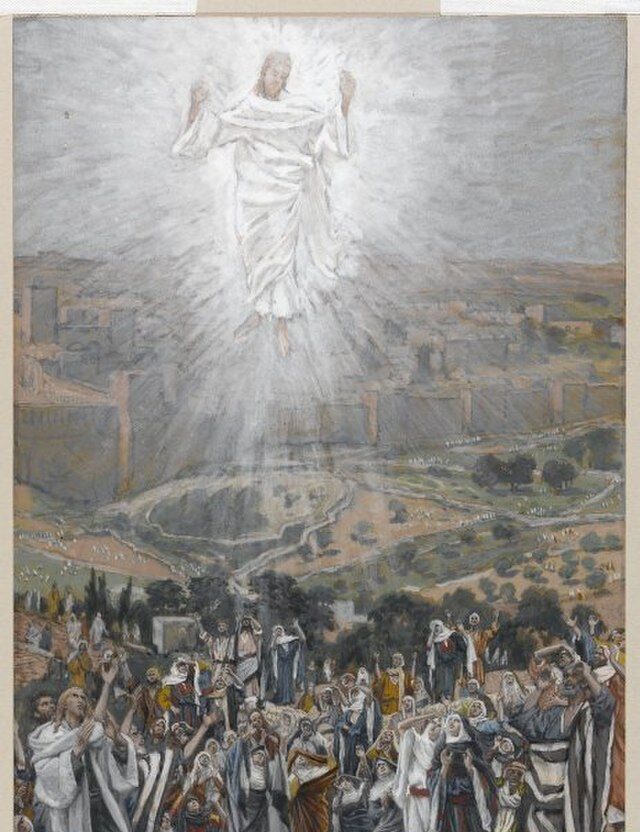Introduction
The inception of Christianity profoundly affected the world’s religious landscape, particularly Judaism, the faith from which it sprang. As Christianity delineated its doctrines, Judaism found itself needing to adjust, adapt, and clarify its own. This article will explore five significant adaptations within Judaism that were influenced by the rise of Christianity.
Solidification of Monotheism and Reinterpretation of Divine Manifestations
Early Judaism, in interpreting certain texts, suggested a complexity in divine manifestations. However, when Christianity asserted Jesus’ divinity as the Son of God, Jewish scholars had to clarify their understanding of God’s nature. The interpretations of concepts like the “Angel of the Lord” or the “Son of Man” in the Book of Daniel were revisited, emphasizing a strict monotheism that viewed such manifestations as aspects of a single, indivisible God. This was further solidified in the Shema’s recitation, an affirmation of God’s oneness.
Formalization of the Passover Seder
The Christian understanding of the Last Supper as a Passover meal prompted Jewish leaders to redefine the structure of the Passover Seder. This new formalization emphasized the telling of the Exodus story, the consumption of symbolic foods, and the singing of traditional songs, distinctively separating it from Christian practices.
Clarification of Messianic Expectations
Christianity’s proclamation of Jesus as the Messiah led Jewish scholars to refine their understanding of messianic prophecies. Rather than recognizing a Messiah who had already come, Judaism focuses on an anticipated Messianic age involving global peace and the rebuilding of the Holy Temple in Jerusalem.
Scripture Translation and Interpretation
With the rise of Christianity and its New Testament, Jewish scholars found a renewed urgency in preserving and interpreting their own texts. Notably, certain passages were translated and interpreted differently to separate Jewish beliefs from Christian interpretations. For example, Deuteronomy 32:8-9 was traditionally interpreted in light of the “sons of God” or “angels of God” ruling the nations, but later Jewish translations, post-Christianity, reflected a different interpretation.
Emergence of Rabbinic Judaism
The rise of Christianity, coupled with the destruction of the Second Temple in 70 CE, precipitated the transition from Temple Judaism to Rabbinic Judaism. Jewish scholars compiled the Oral Torah into texts such as the Mishnah and the Talmud, establishing a comprehensive body of law and commentary that distinguished Jewish beliefs from Christian ones.
Conclusion:
The rise of Christianity has significantly influenced Judaism, prompting important adaptations and shifts in both practice and belief. This intricate dance of influence and adaptation showcases Judaism’s resilience and dynamism, reshaping aspects of its tradition while remaining firmly rooted in its foundational tenets.
Discussion Questions:
- How did Christianity’s assertion of Jesus’ divinity affect Jewish interpretations of divine manifestations and their emphasis on monotheism?
- How has Christianity’s interpretation of the Last Supper shaped the evolution of the Jewish Passover Seder?
- How did Christianity influence changes in the translation and interpretation of Jewish scripture?
- How has the rise of Christianity contributed to the emergence of Rabbinic Judaism and the Jewish clarification of messianic expectations?
Want to Know More?
- “Judaism in the Beginning of Christianity” by Jacob Neusner: Neusner, a respected scholar of Judaism, offers insights into the early development of Judaism and Christianity. The book focuses on the historical and religious context of Judaism at the dawn of Christianity and discusses how the rise of Christianity influenced Jewish thought and practice.
- “Jews and Christians: The Parting of the Ways, A.D. 70 to 135” by James D. G. Dunn: This edited volume, featuring contributions from several scholars, explores the crucial period in which Christianity and Judaism increasingly came to be seen as two distinct religions. The book offers a comprehensive exploration of this process, providing a wealth of information on how Judaism transformed in reaction to the rise of Christianity.




